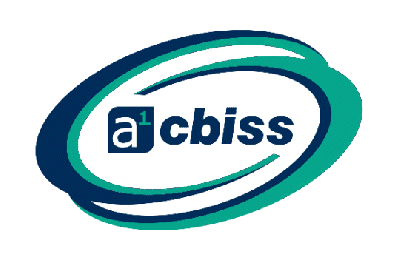It is required that compressed air used for breathing equipment must not contain any contaminants at a harmful level.
In order to keep in compliance with EN12021, regular tests must be carried out, it is noted that not every substance needs to be tested; a risk assessment should be carried out to decide which substances must be tested for.
The tests for harmful substances should be carried out at least once every 3 months unless the piece of equipment is to be moved or can be seen to be contaminated; then another test should be carried out.
The results of the tests must be recorded and documented so that it can be certified to ensure that all of the requirements have been met.
Why test breathing air to EN12021 standards?
It is imperative that breathing air is tested often and thoroughly for contaminants in compressed breathing air, excessive levels of CO, CO2, oil and mist can cause the user to become lightheaded, nauseous and dizzy.
High levels of contaminants can be caused by saturated filters or incorrect compressor servicing; these factors would not necessarily be picked up in the initial stages of servicing, adding emphasis to the importance of compressed air testing.
It’s difficult to detect CO or CO2 as, until they’re at a harmful level, they don’t give off any taste or odour.
In addition to potential health risks, contaminated air can also create problems such as inefficient filtration which in the long run can lead to unnecessary costs.
The standards provided by BS EN12021 are, as such, the only UK standards available to follow.
The European standard for the quality of compressed air states that “in any event all contaminants shall be kept to as low a level as possible and shall be below the national exposure limit.”
The guidelines provided by the BS EN12021 are summarised below;
Oxygen (O2) – 21% + / – 1%
Carbon Monoxide (CO) – Low as possible not exceeding 15 ml/m3
Carbon Dioxide (CO2) – Cannot exceed 500ml/m3
Oil Mist / Vapour – Cannot exceed 0,5mg/m3
Odour / Taste – Without significant odour or taste
Water (liquid) – There should be no free water
Water (vapour) – Air for compressed air line breathing apparatus shall have a dew point sufficiently low to prevent condensation and freezing. Where apparatus is used and stored at a known temperature, the pressure dew point shall be at least 5°C below the likely lowest temperature. Where conditions of usage and storage of the air is not known, the pressure dew point shall not exceed -11°C.
To help you carry out the regular tests, as required by the BS EN12021, a1-cbiss have designed the AIRQUAL-1, a conveniently packaged breathing air test kit that comes with everything required for an ‘on the spot’ test.
At 4kg and packaged in an aluminium casing, the AIRQUAL-1 is rugged, lightweight and does not require charging, meaning that it can even be used in situations where power isn’t accessible.
Download the AIRQUAL-1 datasheet, visit the product page




